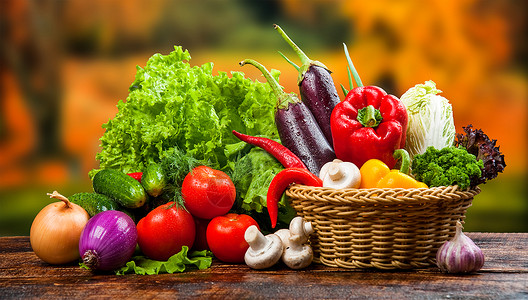In the realm of food safety, the term "pesticide residues" consistently triggers public anxiety. When media reports reveal pesticide residues detected in vegetables from a certain brand, comment sections are flooded with panic-driven labels like "toxic produce." This misconception—equating "detected residues" with "health hazards"—has created unnecessary distrust in food safety. It is urgent to establish a scientific framework to cut through the noise with rational thinking.

I. Standard Setting: The Delicate Balance Between Science and Practice
The pesticide residue limits established by the Codex Alimentarius Commission (CAC) are the culmination of thousands of toxicological studies. Scientists determine the Maximum No Observed Adverse Effect Level (NOAEL) through animal experiments, then apply a 100-fold safety factor to calculate the Acceptable Daily Intake (ADI) for humans. For example, the ADI for chlorpyrifos is 0.01 mg/kg, meaning a 60 kg adult can safely consume 0.6 mg daily.
China’s current standard GB 2763-2021 covers residue limits for 564 pesticides across 387 food categories, dynamically aligning with regulations in the EU and U.S. For instance, the limit for procymidone in leeks is 0.2 mg/kg in China versus 0.1 mg/kg in the EU. Such differences stem from dietary habits, not fundamental disagreements on safety.
II. Detection Technology: The Cognitive Trap of Precision Instruments
Modern analytical instruments can identify residues at parts per billion (ppb) levels. Liquid chromatography-mass spectrometry (LC-MS) detects concentrations equivalent to dissolving a single grain of salt in an Olympic-sized swimming pool. This sensitivity means "undetectable" residues are becoming rare. In 2024, routine pesticide residues were detected in 68% of agricultural products sampled, yet only 1.4% exceeded limits—proving that "detection is common, exceeding standards is rare."
The magnitude of residues matters critically. For cypermethrin, the limit in citrus is 2 mg/kg. To reach a hazardous dose, one would need to consume 200 kg of compliant citrus—a risk assessment as irrational as fearing table salt (median lethal dose: 3 g/kg).
III. Risk Management: A Multi-Layered Defense for Food Safety
China’s Ministry of Agriculture has made strides through initiatives like the "Special Campaign on Prohibited Substances Control and Quality Improvement," achieving a 97.6% compliance rate in 2024. Blockchain traceability systems now monitor 2,000 production bases, tracking 23 data points from farm to fork. Consumers can scan QR codes to access pesticide usage records and lab reports.
When confronted with "pesticide residues" in test reports, consumers should recognize: detection ≠ violation, and trace residues pose no health risk. Washing produce under running water for 30 seconds removes 80% of surface residues. More dangerous are absolutist claims like "all pesticides are harmful," which threaten modern agriculture’s foundation.
In an era of strained arable land and population growth, pesticides remain essential for food security. By distinguishing "detection" from "exceeding standards," and understanding the chasm between 0.01 mg and 1 mg, we escape binary thinking. Food safety is not about zero risk, but managed risk—a collaborative effort requiring regulators, producers, and consumers to embrace science over sensationalism.
Post time: Apr-16-2025

